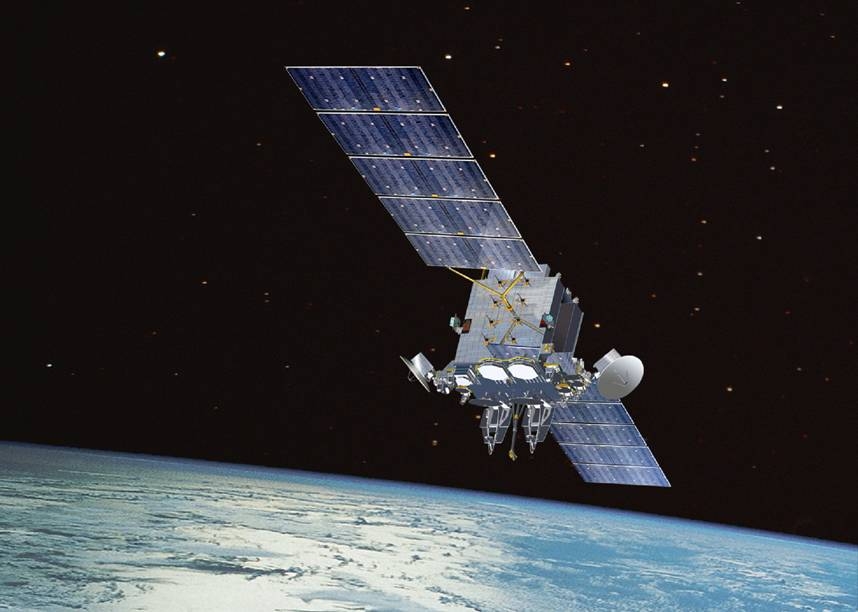This post is also available in:
 עברית (Hebrew)
עברית (Hebrew)
The U.S. Air Force’s second new GPS III satellite will bring higher-power, more accurate and harder-to-jam signals to the GPS fleet. The new GPS satellite has arrived in Cape Canaveral, Florida for an expected July launch.
Designed and built by Lockheed Martin, the GPS III SV02 was nicknamed “Magellan” by the Air Force. Once declared operational, GPS III SV01 and SV02 are expected to take their place in today’s 31 satellite strong GPS constellation (satellite group), which provides positioning, navigation and timing services to more than four billion civil, commercial and military users.
The system is a powerful and resilient GPS satellite that will supply the U.S. and allied forces three times greater accuracy and up to eight times improved anti-jamming capabilities over the previous GPS II satellite design block, which makes up today’s GPS constellation.
The new system also will be the first GPS satellite to broadcast the new L1C civil signal. Shared by other international global navigation satellite systems, like Galileo, the L1C signal will improve future connectivity worldwide for commercial and civilian users.
Spacecraft life will extend to 15 years, 25 percent longer than the newest GPS satellites on-orbit today.
According to Lockheed’s announcement, the Air Force began modernizing the GPS constellation with new technology and capabilities with the December 2018 launch of its first GPS III satellite. GPS III SV01 is now receiving and responding to commands from Lockheed Martin’s Launch and Checkout Center at the company’s Denver facility.
In September 2018, the Air Force selected Lockheed Martin for the GPS III Follow On (GPS IIIF) program, an estimated $7.2 billion opportunity to build up to 22 additional GPS IIIF satellites with additional capabilities. GPS IIIF builds off the existing modular GPS III, which was designed to evolve with new technology and changing mission needs.


























